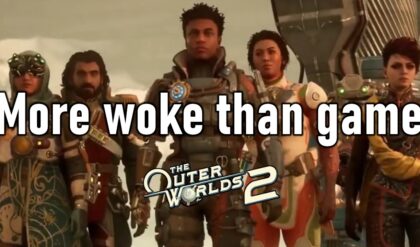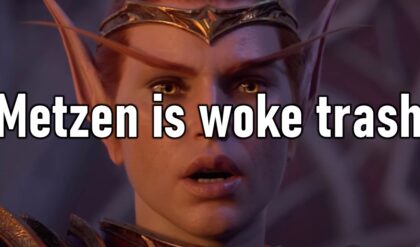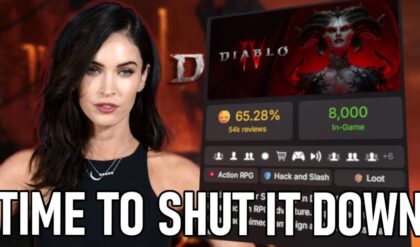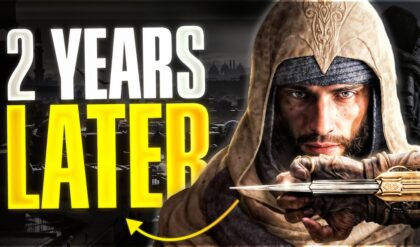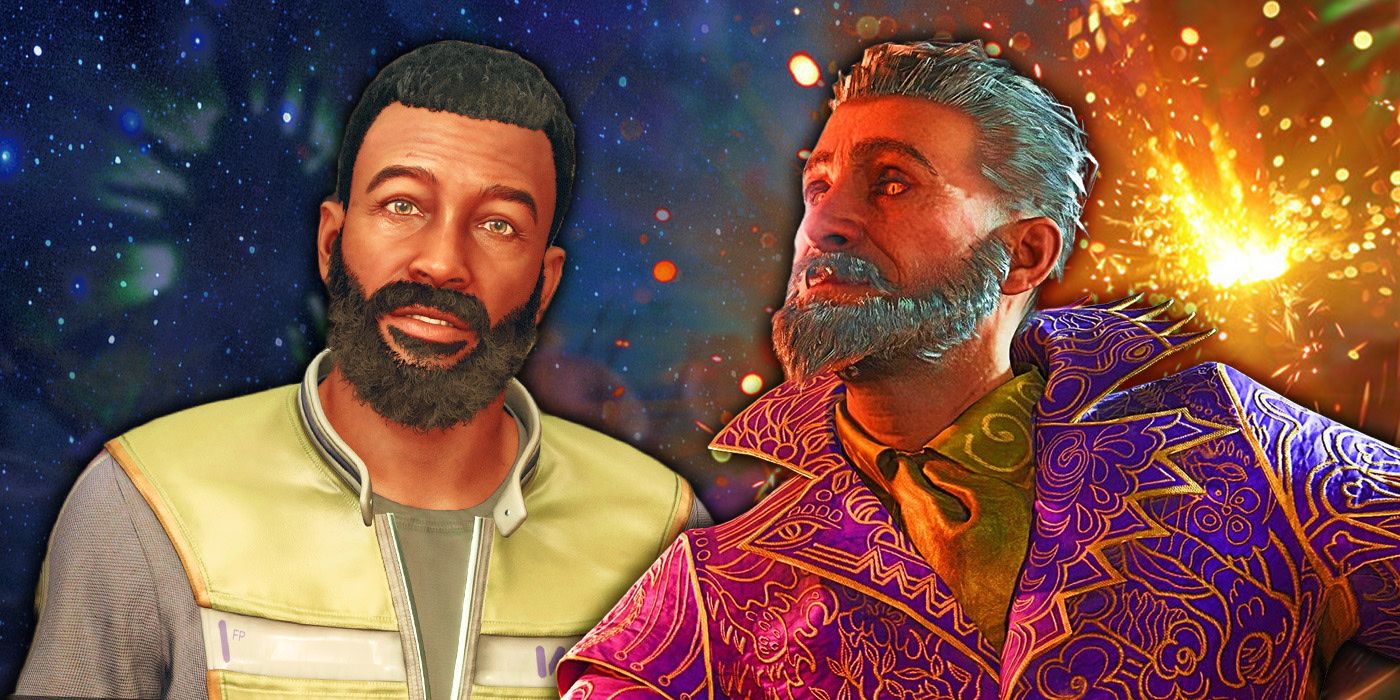
Radiant AI was designed to make Cyrodiil feel like a living place by giving each of the game’s NPCs a schedule. Nearly every character in Oblivion, Skyrim, Fallout 3, and Fallout 4 (and Obsidian Entertainment’s Fallout: New Vegas) wakes up at a specific time, has certain goals they try to accomplish throughout the day, and a set time when they go to bed. Oblivion‘s Radiant AI is fairly basic by today’s standards, and there are even mods to improve it, but its absence is gravely felt in Starfield.
Starfield Isn’t The Same Without NPC Schedules
The Settled Systems Often Feel Lifeless
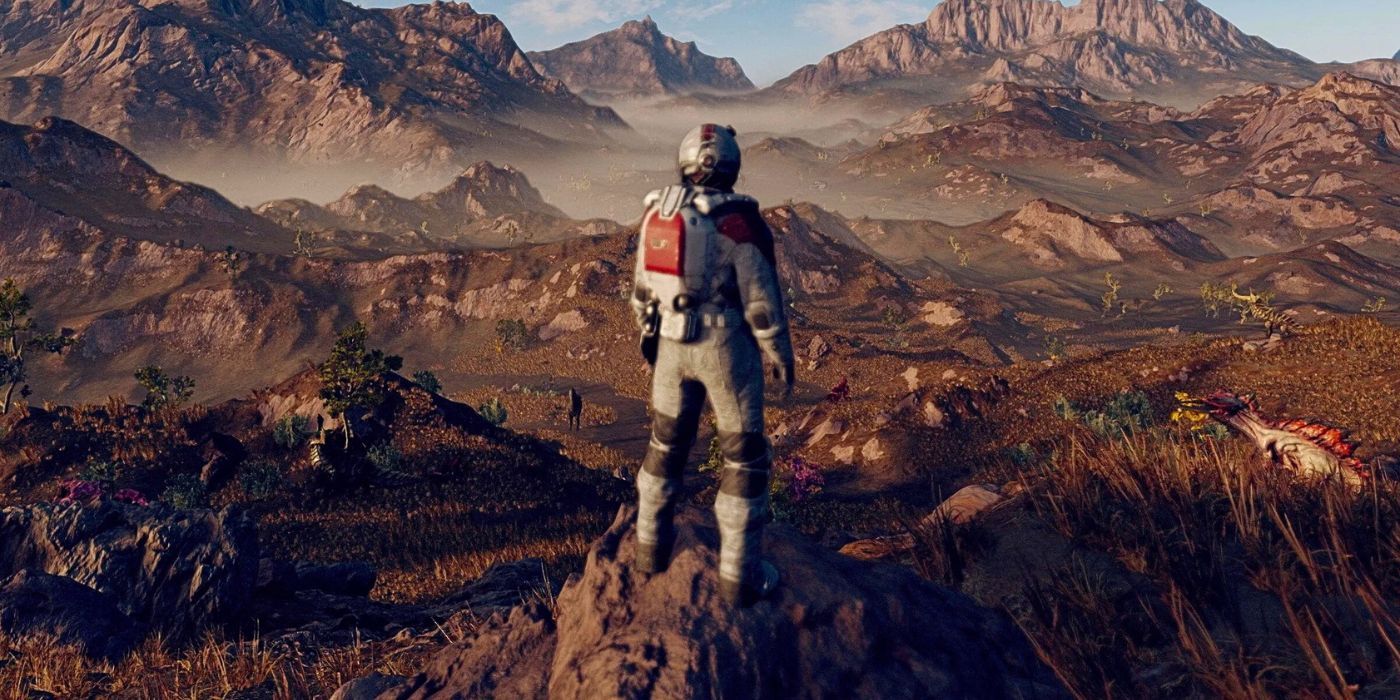

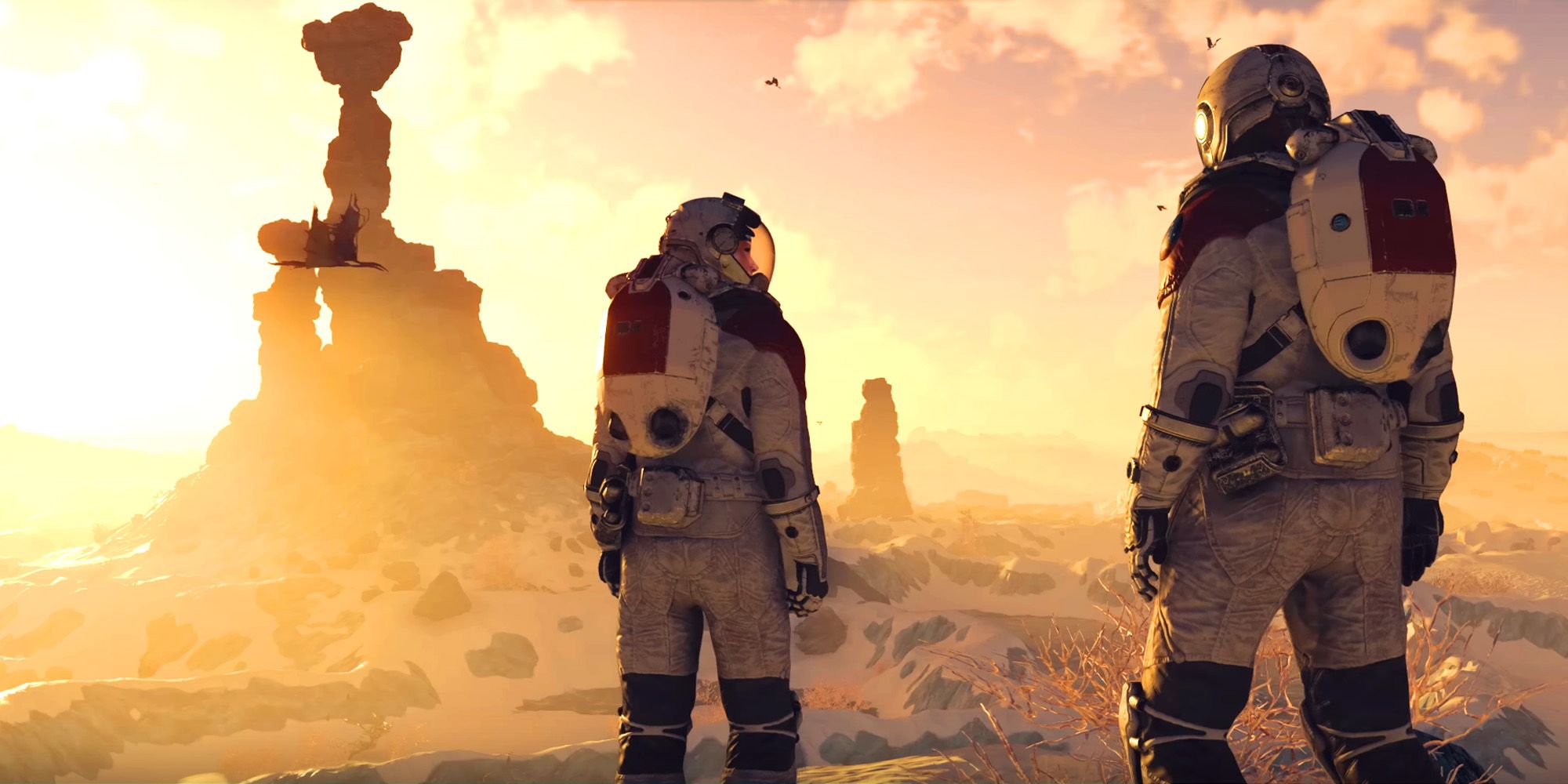
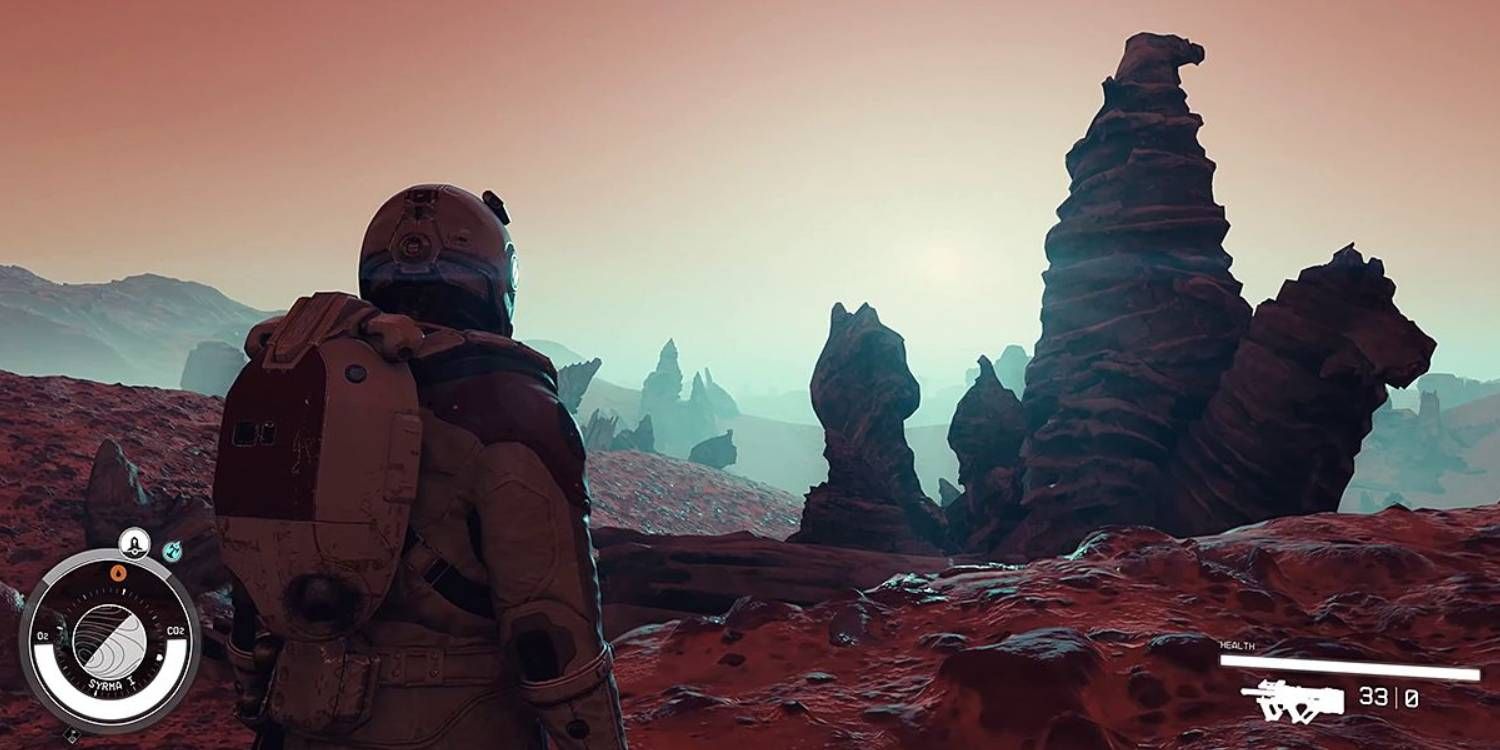

NPCs in Starfield still have tasks that they try to accomplish, but the lack of a full Radiant AI iteration can be felt throughout the Settled Systems. The easiest place to recognize the lack of true NPC schedules is in the shops, which never close in Starfield. No matter what time you land on a planet or go shopping, merchants are always available to barter. There is, of course, a Starfield mod to rectify this specific issue.
It ultimately makes sense that Starfield abandoned a true Radiant AI system. You’re constantly hopping between planets, so it ends up being convenient for the player to have every NPC available to them at all times of day. It’s also another case of Starfield simply being too ambitious for its own good – it likely has hundreds more named NPCs than Oblivion, so giving them all schedules that adhere to the planets’ various day lengths would be a tricky undertaking.
Oblivion Remastered’s NPC Behavior Is One Of Its Best Features
Cyrodiil Feels Like A Place Where People Live
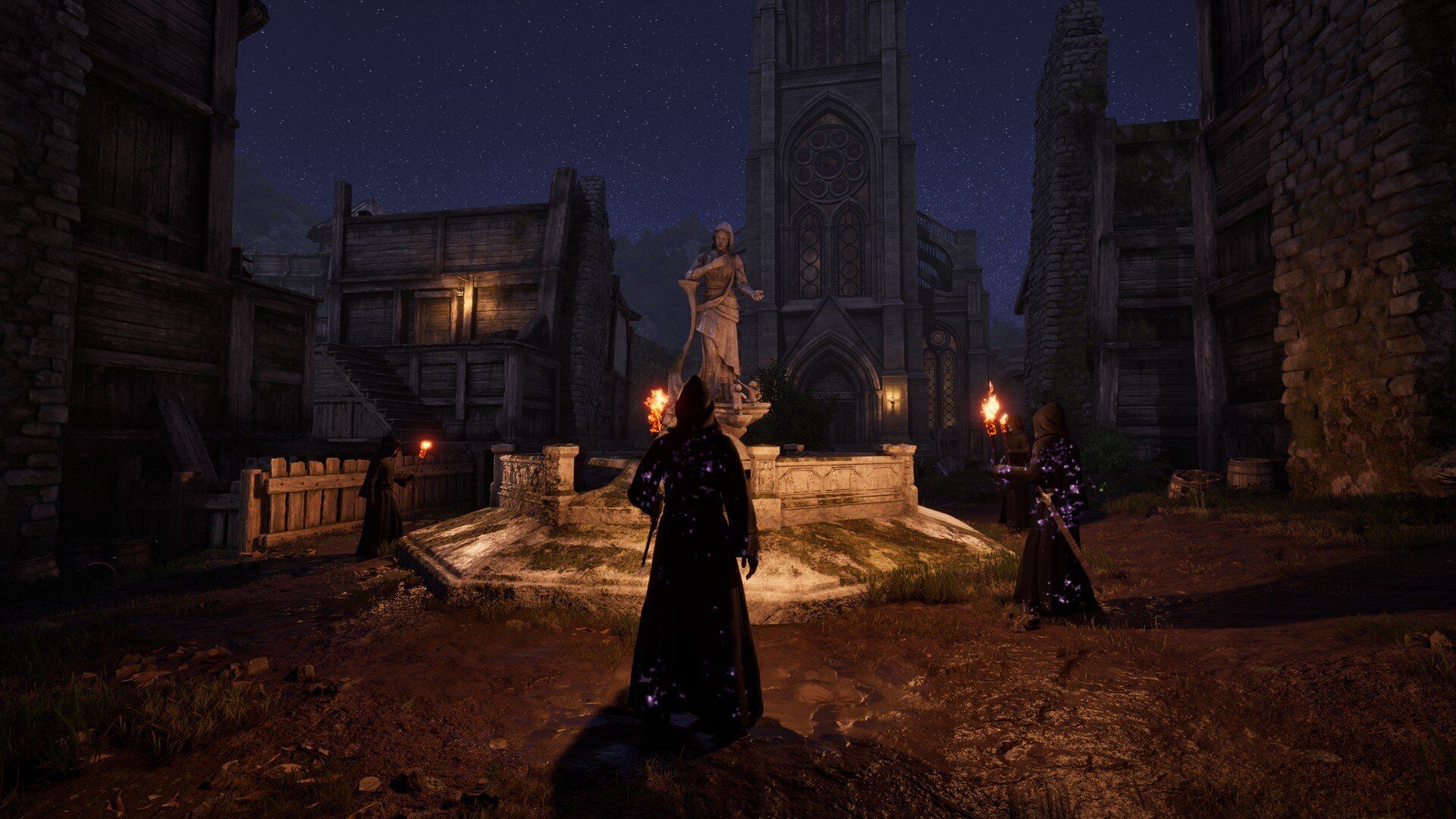
Oblivion is quaint compared to Starfield‘s more than 1,000 planets, but it also feels more tangible because of its Radiant AI. When you go to the bustling Imperial City in the middle of the night, the streets will be empty save for guards on the night shift and the occasional night owl. Just like a real society, most of Cyrodiil’s denizens go to bed at night, and they can be found sleeping in their bed (if you creepily sneak into their bedroom to watch them).
There’s almost even a big sign that reads, “Check out our NPC schedules,” in the form of the “Paranoia” quest in Skingrad. A Wood Elf named Glarthir thinks his neighbors are conspiring against him, so he asks you to tail them throughout the day. You find each of them emerging from their home in the morning, doing activities like praying in the city cathedral or working in a vineyard outside the city walls, before they return home and go to bed at night.
What’s so important is that you can do this with almost any other character in the game. I wouldn’t recommend it, it would be painfully boring, but it’s a major testament to Oblivion‘s world design that most characters have goals each day, and they actually set out to do them. They’re not just props for the player to interact with on occasion.
Bethesda Keeps Focusing On The Wrong Things
Can The Elder Scrolls 6 Be A Return To Form?
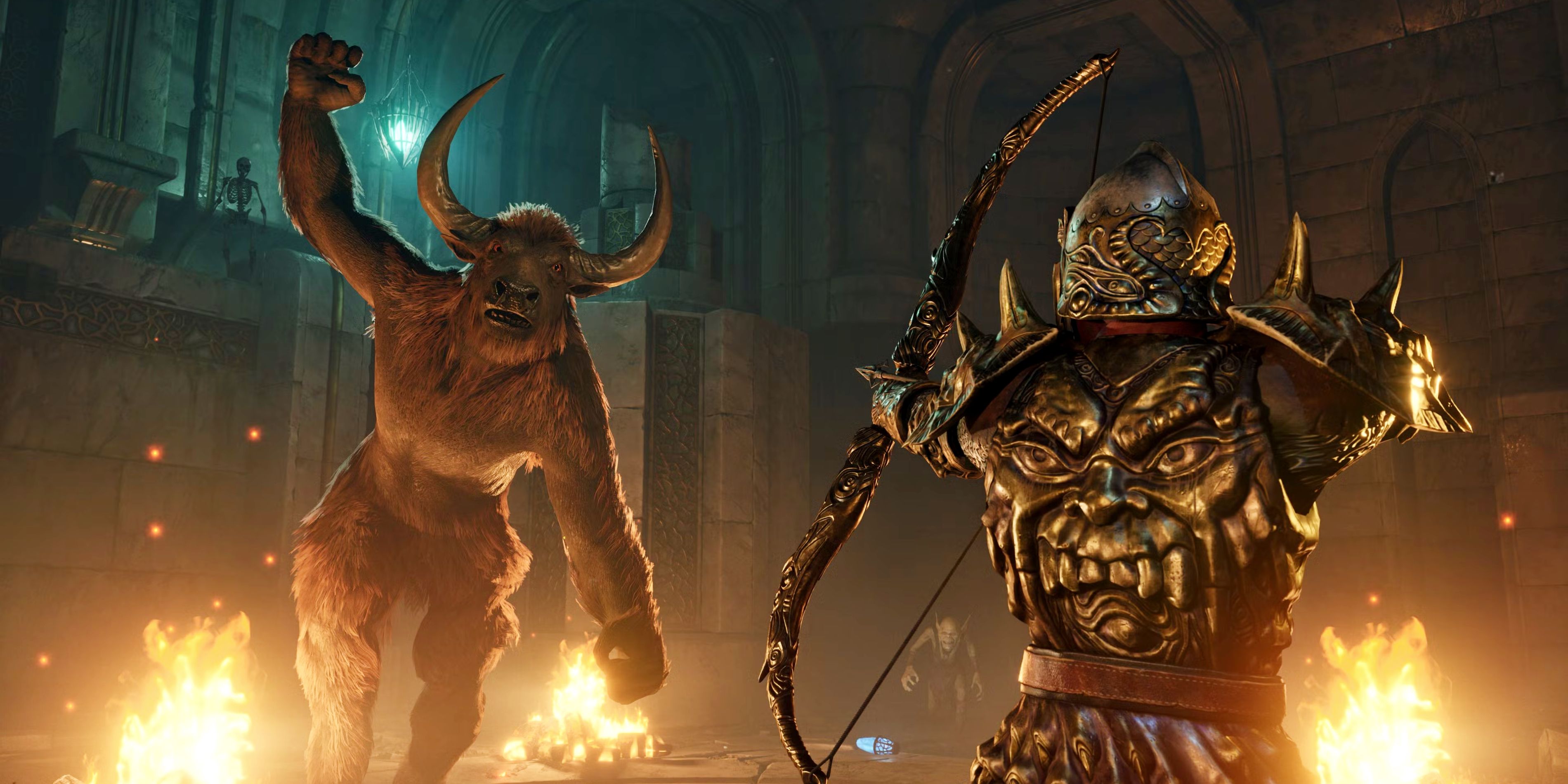
It’s a different, but related, issue to why Fallout 4 feels like less of an RPG than Fallout 3 and New Vegas. The voiced protagonist is a major barrier to feeling like I’m participating in a living world. I’m not talking to Fallout 4 characters; the Sole Survivor is. It seems to be an unfortunate trend where Bethesda feels compelled to push the envelope in a style of game that is unique to Bethesda. Obviously, Bethesda shouldn’t be forced to make what is effectively the same game repeatedly, but I’d rather see the studio continue to hone things like the Radiant AI system than abandon it to try something less enthralling.
The great irony is that Starfield attempts to deliver a realistic take on humanity in the 24th century with its NASA-punk aesthetic, but because its NPCs are puddle-deep, the whole thing feels like a theme park. Oblivion Remastered is a nearly 20-year-old game with a new coat of paint, but Cyrodiil still feels more engaging and believable than the Settled Systems.
